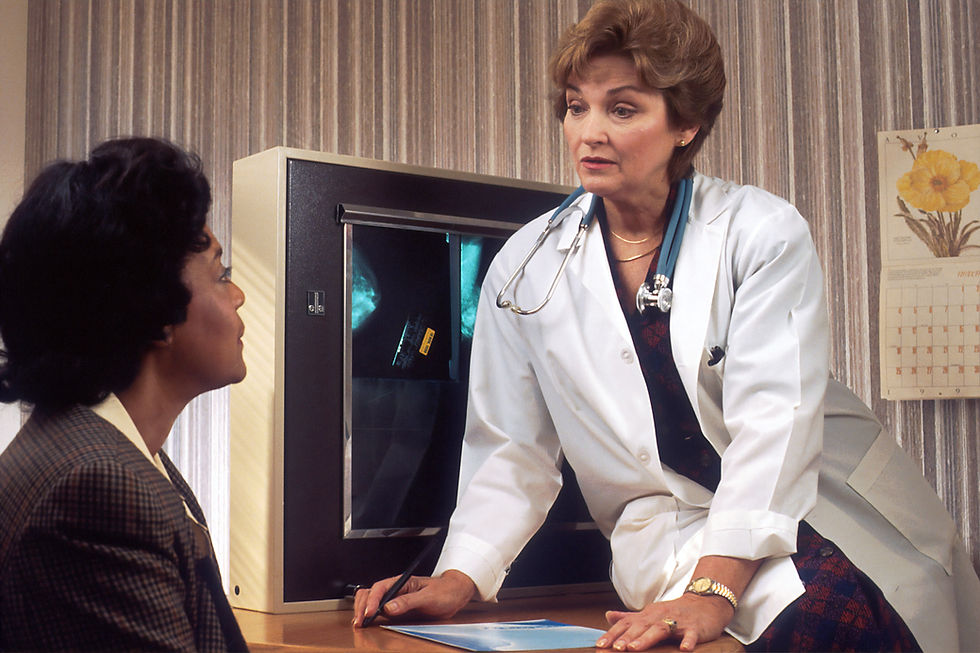Today (01 May 2024) Australia's Therapeutic Goods Administration (TGA) released updated guidance "Regulatory requirements for in-house IVDs", intended to support Australian laboratories that manufacture in-house IVDs to meet regulatory requirements (that commenced on 1 July 2010) to supply their in-house IVDs in Australia legally.

‘In-house’ IVDs are pathology tests that has been developed (or modified) within a laboratory (or laboratory network) to carry out testing on human samples, where the results are intended to assist in clinical diagnosis or be used in making decisions concerning clinical management.
The regulations are not limited to medical testing laboratories but extend to all laboratories that manufacture in-house IVDs in Australia.
An in-house IVD is considered to be developed from first principles (de novo) when a laboratory or laboratory network is responsible for the design and production of the in-house IVD, and includes:
design control through assignment of the specifications for the in-house IVD, as well as planning and development processes
assembly, processing and packaging of components that make up the in-house IVD
assigning the intended purpose through the information supplied with the in-house IVD (i.e., the instructions for use or laboratory-controlled documents)
A conformity assessment ensures that an in-house IVD (and its manufacturing processes) meets regulatory requirements for quality, safety, and performance. To ensure that a device is appropriately assessed, a manufacturer can apply conformity assessment procedures according to its class, with higher class devices requiring more stringent conformity assessment procedures than lower class devices.
For in-house IVDs, there are different conformity assessment procedures (requirements) for:
Class 1–3 in-house IVDs
Class 4 in-house IVDs.
To know about the Ongoing responsibilities, Exemptions for in-house IVDs and the case studies, etc click this LINK.
Comments